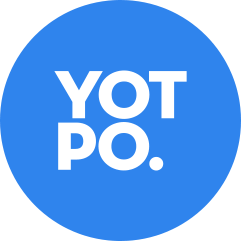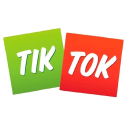I Started A Luxury Sustainable Womens Fashion Brand
Hello! Who are you and what business did you start?
My name is Kahindo Mateene, I am the Founder and Chief Creative Director of KAHINDO, my luxury sustainable namesake fashion brand. KAHINDO is a luxury womenswear brand created with original prints and exuberant colors that celebrates the legacy of African fashion with a modern twist. A socially responsible brand, we are dedicated to ensuring ethical work practices for the women who create our brand in Africa.
We sell directly to consumers on our e-commerce website as well as on several other marketplaces including Verishop and Wolf & Badger. We also sell wholesale to retailers such as Rent The Runway, our largest client.
I am a current 2021 Tory Burch Fellow and Graduate of the Illinois Institute of Art in Chicago. I was born in Uganda, educated in Kenya, and have called Ethiopia, Nigeria, and Niger home. I was selected in 2011 to take part in Macy's prestigious Chicago Fashion Incubator program and was also a contestant on Project Runway season twelve in 2013.
For me, fashion is only as beautiful as the way I treat the female artisans and workers who help me create my line. That means...

Download the report and join our email newsletter packed with business ideas and money-making opportunities, backed by real-life case studies.

Download the report and join our email newsletter packed with business ideas and money-making opportunities, backed by real-life case studies.

Download the report and join our email newsletter packed with business ideas and money-making opportunities, backed by real-life case studies.

Download the report and join our email newsletter packed with business ideas and money-making opportunities, backed by real-life case studies.

Download the report and join our email newsletter packed with business ideas and money-making opportunities, backed by real-life case studies.

Download the report and join our email newsletter packed with business ideas and money-making opportunities, backed by real-life case studies.

Download the report and join our email newsletter packed with business ideas and money-making opportunities, backed by real-life case studies.

Download the report and join our email newsletter packed with business ideas and money-making opportunities, backed by real-life case studies.





















